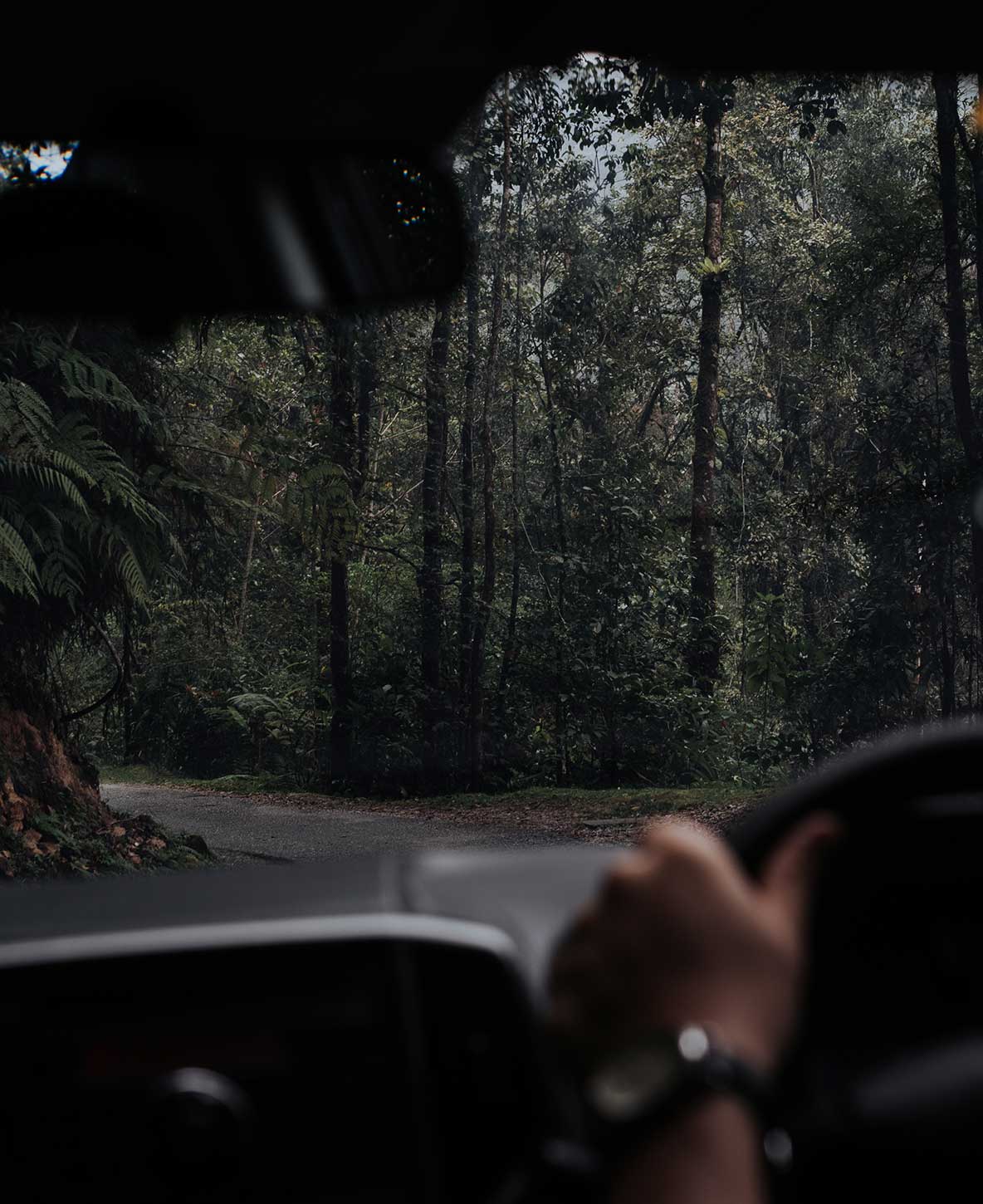If you’ve decided to rent a car in Costa Rica, it’s essential to familiarize yourself with the country’s traffic laws to ensure a smooth and enjoyable experience. Here’s everything you need to know about the validity of foreign driver’s licenses, the key traffic regulations, and helpful tips for driving in Costa Rica.
Foreign Driver’s License
It’s crucial to verify that your driver’s license is valid for the type of vehicle you plan to rent. According to the latest regulations, foreign tourists can drive in Costa Rica with the same license they use in their home country, as long as it matches the type of vehicle they intend to rent.
Have an E or Universal license? You’re good to go, as these licenses allow you to rent any vehicle.
However, if you hold a B-1 license, you will only be allowed to drive the type of vehicle that your license specifies, as per the law amended in 2017. In short, tourists can only drive vehicles that match the category on their license.
Traffic Laws in Costa Rica
Costa Rica enforces strict regulations on public road safety. Here are the key points to keep in mind:
- Seatbelts:
Seatbelt use is mandatory for all passengers, including children, who must use age-appropriate restraints. - Speed Limits:
Speed limits vary depending on the type of road:- In highways and main roads, the limit is 60 km/h, with a minimum of 40 km/h.
- In urban areas, the speed limit is 40 km/h.
- Near schools, hospitals, and clinics, the limit drops to 25 km/h.
Always follow posted speed limits to avoid fines.
- Driving Under the Influence:
It is strictly prohibited to drive under the influence of alcohol or drugs. Police can conduct breathalyzer tests on drivers at any time. - No Bribing Officers:
Do not offer bribes to traffic officers to avoid fines, nor allow your vehicle’s documents to be confiscated without valid cause. If an officer insists on these actions, ask to be escorted to the nearest police station. - Stopping on the Road:
If a traffic officer signals you to stop, you must comply. This could be for a routine check, if you’ve exceeded the speed limit, or due to a road incident.
Helpful Tips for Driving in Costa Rica
- Research Your Route
Some roads in Costa Rica are unpaved or have potholes. Research your route beforehand to avoid any issues. Also, be cautious with hitchhikers and always park in secure areas to protect your belongings. - Drive Defensively
Defensive driving is crucial in Costa Rica. Ensure you’re well-rested, check your car’s condition, and drive cautiously, especially at night when fog can reduce visibility. - Contact Emergency Lines in Case of an Accident
If you’re involved in an accident, do not move the vehicle and wait for a traffic officer to arrive. You can also report the accident by calling 911 or the emergency number provided by your insurance. - Follow the Laws to Avoid Fines
Avoid traffic violations to prevent hefty fines. If you receive a ticket, pay it at any state bank and show the receipt to the rental agency when returning the vehicle.
Final Tip: Choose Your Adventure in Monteverde
If you’re planning to explore Monteverde’s cloud forest, don’t forget to choose a great place to stay! There are perfect hotels offering a unique blend of adventure, ecotourism, and luxury. Many even provide free transportation to parks like Selvatura, where you can experience the region’s most exciting canopy tour.
Ready for Your Adventure?
Make sure to follow all traffic regulations for a worry-free trip in Costa Rica. If you haven’t chosen your accommodation yet, check out our hotel recommendations in Monteverde and get ready for an unforgettable experience in Pura Vida country!


